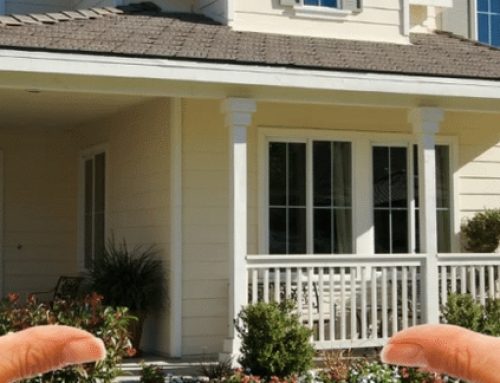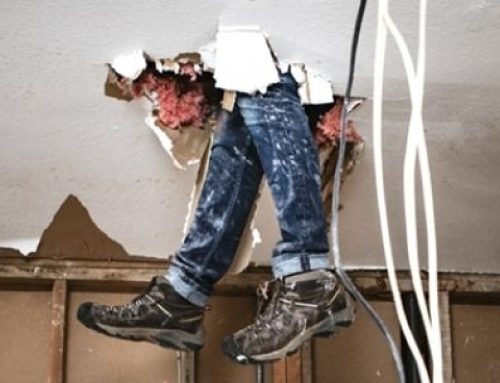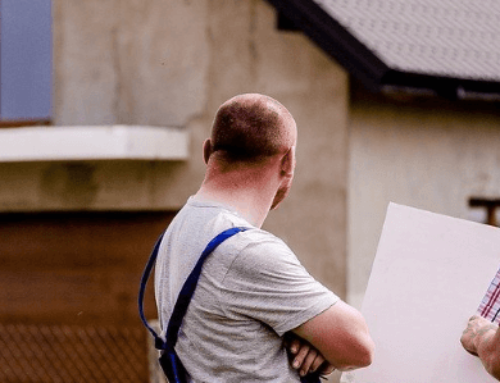So it’s time for another property market update. House prices are definitely a huge point of interest to the Australian population, and not just because people want to know how the current housing climate is going to affect the economy… people want to know how it’s going to affect them. Will I be able to afford my first home? Am I likely to make a return on my investment? Is this a good time to sell? Is it a good time to buy? Where should I be looking to buy?
The housing market is a volatile mistress to say the least, and in recent years things have taken somewhat of a downturn with property prices falling nationwide and the Australian housing market taking quite a hit – with Melbourne going from the exalted position of top of the property value ladder along with Sydney, to taking a brutal hit as a result of the nationwide slump.
So where are we at today?
Almost midway through 2019, what are we likely to see for the year to come and those closely following? Moody’s Analytics have come out with a new report that aims to answer these questions and help us get a glimpse into the property market crystal ball.
So what does the future have in store? In a nutshell, Australian capital cities are expected to take a dramatic plunge up until the end of 2019. That’s not a great start I’ll admit… and unfortunately it doesn’t get that much better from here on in.
Perth won’t be happy to hear that property values are expected to drop a whole 7.6% this year, while in Darwin markets are due to decline a staggering 13.1%. So these aren’t the best numbers we could hope for. However, on a slightly more positive note, Brisbane’s housing price downturn has likely come to an end for now with the property values seeing a correction over the course of the year. East Brisbane is likely to see the greatest strengthening, with apartments city-wide to make a recovery of 0.9%. So it’s not all bad news!
Adelaide was lucky to avoid any major hits, with property prices holding steady this year, and even expected to slight upturn of 1%, after the 1.9% growth seen over 2018. On ya Adelaide!

Hobart on the other hand, although remaining similarly stable, is set to see a small decline in house prices over the next couple of years up until the end of 2021.
So far, things are looking a little grim though, and we haven’t even got to Melbourne yet. What’s worse, it is thought that the nationwide property slump may even worsen if we see amendments made to negative gearing and lending restrictions toughen up even further. Even still, Moody’s analysts foresee a standstill in any potential come back the market might be capable of if Labor find themselves in a position to overturn negative gearing on existing properties. This is thought to be the case since investors are already dialing back their contribution within the housing market, and the repeal of negative gearing will likely push them away further.
Just to be clear, I’m not advocating any political action based on this analysis, it’s simply the nature of the beast. As long as investors pour a significant sum of money into the property market, changes that hinder their contribution will have a negative impact on housing prices. So whilst the investor segment has begun to slow down, it’s expected that property values will fall even lower nationwide, and even more so where investors have had the largest impact on markets in recent years such as Melbourne, Sydney, and Brisbane.
So what are the plans for the Reserve Bank in all this?
Well, Moody’s forecasts that the Reserve Bank will be unlikely to make any drastic changes and presumably keep the official cash rate steady at 1.5% all the way up until mid 2021.
Keeping all this in mind though, house prices as they currently stand are still approximately 20% higher than they were in 2013, which was the official beginning of the property boom.
Property prices are still around 20 per cent higher than they were at the start of the property boom in 2013. However, figures that were released by the ABS in March of this year showed that housing prices fell 2.4% in capital cities in the last quarter of 2018, resulting in a total decline on 5.1% for that year. Now putting that into perspective, during 2009 when the Global Financial Crisis hit Australia hard, housing prices recorded an annual drop of 4.6%… so that’s eerily comparable.

Ending 2018 on a sour note, Sydney saw prices fall 3.7% for its sixth consecutive quarter loss, and as reported by the ABS, property prices had fallen to 7.8%. So, not the best news for Sydney. How is Melbourne looking in all of this? Well, Melbourne honestly hasn’t fared that much better. House prices for Melbourne saw a decrease of 2.4% for the last quarter and a total of 6.4% for the year. Not so good.
What’s causing this?
According to the chief economist of the ABS, the decline in property values for both Melbourne and Sydney are due to various influencing factors. Although housing prices have been falling nationwide, Melbourne and Sydney specifically have been hit the hardest by the recent restrictions in credit supply and the lack of interest from investors and homeowners. And the problems don’t end there.
According to a new report that was just published, Melbourne and Sydney are forecast for yet another dramatic fall in housing prices for the year. How dramatic? Well, Sydney is expected to see the worst of it with property prices falling a staggering 9.3% further in 2019. Apartments won’t take as big a hit as houses, but will still see a drop of 5.9% for the year. Things are expected to take a turn for the better over the course of 2020 though.
Similarly in Melbourne, apartment prices are forecast to decline an 5% this year, and then will likely keep falling an extra 1.4% over next year as well. All in all, as Moody’s housing analysis has found, property prices are expected to see an overall drop of around 7.7% across all major cities, while apartment again find themselves slightly better but will still see a drop of 4.3%.
So there you have it. The current housing climate is not doing especially well right now. It’s not a catastrophe by any means, but things could definitely improve. I guess we just have to hope that they do. And soon.







Leave A Comment